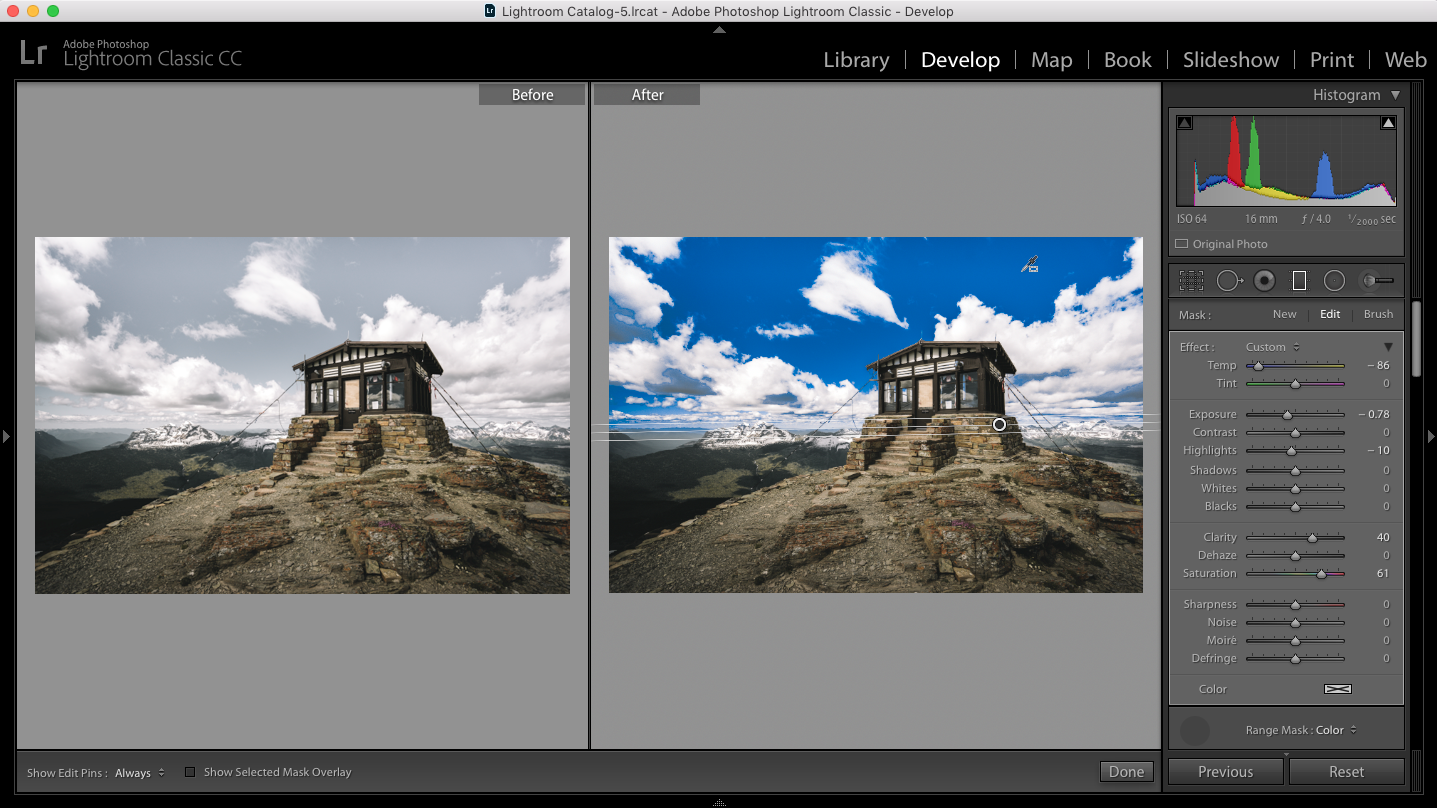

- #Sync folders in xp how to#
- #Sync folders in xp install#
- #Sync folders in xp Offline#
- #Sync folders in xp windows#
Method#2: Empty the “Sync Issues\Local Failures” Folder Then, to save all the changes, hit on the Close and exit the Account Settings Window.Now, just be assured that the box next to Use Cached Exchange Mode is chosen and then hit on OK.After finishing, tap the Email tab>Mailbox>Account Name and click on Change After that, check whether the Mailbox account name is set to default or not.Then, in the Account Settings, tap on Data Files.Firstly, open Outlook>File tab and choose Account Settings.If in case, the number of items differs in both sections, then you have to verify the profile settings.

Then, your Outlook folders are synced properly.
#Sync folders in xp Offline#
If there are a number of items in the Server folder carries a section (is same as) along with that of in the Offline folder. Here is our first method, which is given below: Method#1 Change Profile Settings to Sync Outlook These two methods were tested before, and you can select them as per your requirements. To fix Outlook Sync Issues Manually, we’ll discuss two methods that work correctly.
#Sync folders in xp how to#
Read more: Archive Emails in Office 365 How to Fix Sync Issues in Outlook 2016 Manually
In the end, check the stats of the last sync data. Then, choose the Properties and hit on the Synchronization tab, and browse for the Statistics in the folder. Firstly open the Outlook and right-click on the folder present in the Inbox, Sent items, drafts and etc. For checking, follow the steps given below to check Outlook is not syncing:. Check if the sync error is between the MS Exchange Server mailbox and the OST file. How to Check Whether Outlook is Syncing or Not?īefore trying to fix the Outlook syncing errors with the methods. And before fixing, firstly check the OST file is sync or not. Users need to fix that issue fastly to avoid further damage. In such cases, Outlook won’t let you send/post and receive emails from the Outlook profile. The synchronization procedure may be stopped due to the large OST file. Depending on the email account settings, the amount of Outlook data, and many other reasons. As an example, when the user edits, deletes, sends and receives an email in MS Outlook, the changes are also updated on the MS Exchange Server.Īt times, this procedure might get interrupted and you can face Outlook sync issues. At the same time, it also updates the Exchange Server about these changes. When Outlook sends and receives any emails or the other folder is updated. Outlook synchronization is a built-in process in Microsoft Outlook that happens when the OST and PST files get updated. If you have problems syncing your Outlook data due to a corrupted or damaged PST file, we recommend you repair your Outlook data file using Sysinfo Advanced Outlook Repair. Read the blog carefully and follow the steps. This blog will discuss how to fix sync issues in outlook 2016. I have a good idea about how I would do this in a Perl script and if a tool does not exist that does this I will write it myself in Perl.Is your Outlook Not Syncing? Or You’re facing Sync issues in Outlook Folder? Then you’re on the right page. Once it observes changes in the source or the destination it synchronizes the files that changed (Very similar to the way Dropbox works). #Sync folders in xp windows#
I would like this tool/script to to be a daemon that starts when windows starts and continually monitors a folder for any changes to its contents. Is there some tool or script I can create that will watch a particular folder for any changes and then sync those changes to the networked drive automatically and nearly instantaneously?
#Sync folders in xp install#
I would just use Dropbox but I cannot install it on the remote machine. I really like the way Dropbox does there synchronization as it is almost instantaneous. I am aware of Windows Briefcase but it is very slow and I have to tell it to synchronize. Windows XP: I would like to auto synchronize files between a a local drive and a network drive.






 0 kommentar(er)
0 kommentar(er)
